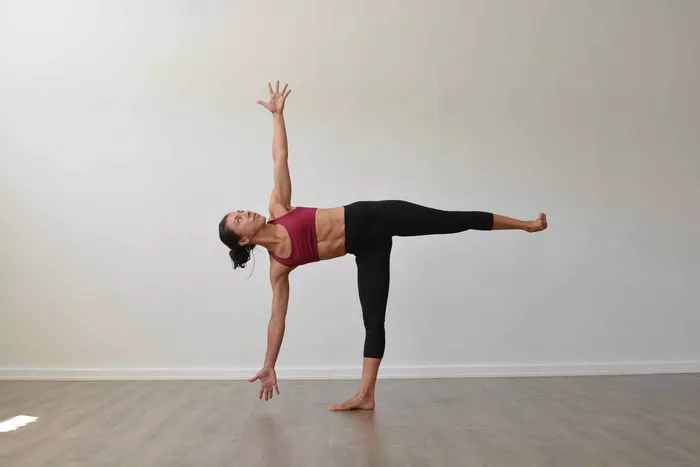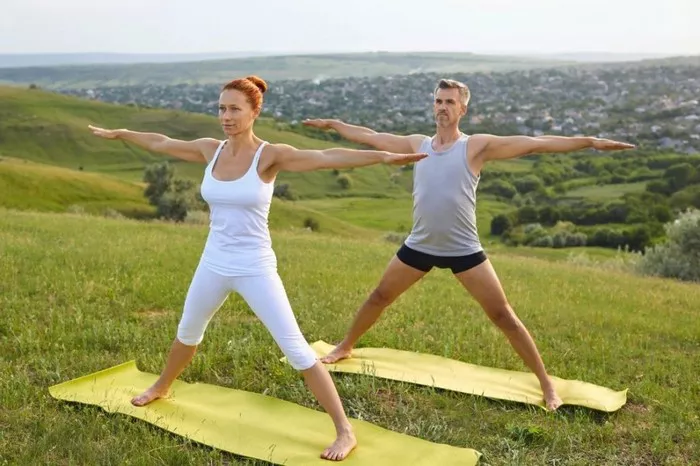Yoga pants are a staple in many wardrobes due to their comfort, flexibility, and style. However, finding the perfect fit can be challenging, especially when it comes to length. Whether you’re petite, tall, or somewhere in between, having the right length yoga pants can make a significant difference in both comfort and appearance. Fortunately, shortening yoga pants is a feasible task that can be done at home with the right tools and techniques. This article will guide you through the process, ensuring your yoga pants fit perfectly and maintain their functionality and aesthetic appeal.
Why Shorten Yoga Pants?
Before diving into the how-to, it’s important to understand why you might want to shorten your yoga pants:
- Comfort: Excess fabric can bunch up around the ankles, causing discomfort and distraction during your workout or yoga session.
- Safety: Longer pants can pose a tripping hazard, especially in activities that require precise movements or balance.
- Aesthetics: Well-fitted pants look more polished and can boost your confidence, both in and out of the gym.
- Durability: Excess fabric can wear out or tear more easily, particularly if it drags on the ground.
Tools and Materials Needed
To shorten your yoga pants, you’ll need a few basic tools and materials:
- Sewing machine (optional, but recommended for a professional finish)
- Thread that matches the color of your yoga pants
- Scissors
- Measuring tape
- Pins or fabric clips
- Fabric chalk or a washable marker
- Iron and ironing board
- Sewing needle (if sewing by hand)
- Seam ripper (optional, for correcting mistakes)
Step-by-Step Guide
1. Measure the Desired Length
The first step in shortening your yoga pants is to determine the desired length. Put on the pants and stand in front of a mirror. It’s helpful to wear the type of footwear you usually pair with the pants to get an accurate measurement.
- Mark the Length: Use fabric chalk or a washable marker to mark where you want the hem to fall. Make sure to mark both legs evenly.
- Measure Twice: Double-check your markings to ensure they are even and symmetrical. Measure from the waistband down to your marking on each leg to confirm the length is consistent.
2. Prepare the Pants
Once you’ve marked the desired length, take off the pants and lay them flat on a clean, hard surface.
- Straighten the Fabric: Smooth out any wrinkles or folds in the fabric to ensure accurate cutting and sewing.
- Add Seam Allowance: Mark an additional 1-2 inches below your initial marking to account for the seam allowance. This extra fabric will be folded up to create the new hem.
3. Cut the Excess Fabric
Carefully cut along the seam allowance line you marked. Ensure you cut straight across to avoid uneven hems.
- Use Sharp Scissors: Dull scissors can create jagged edges, making it difficult to sew a neat hem. Invest in a good pair of fabric scissors for best results.
- Save the Excess Fabric: Keep the fabric you cut off in case you need to make adjustments later or use it for other sewing projects.
4. Pin the New Hem
Fold the bottom edge of each leg up to the initial marking (the desired length) and pin it in place.
- Create a Double Fold: For a cleaner finish and to prevent fraying, fold the fabric up twice. The first fold should be to the seam allowance line, and the second fold should cover the raw edge.
- Pin Evenly: Use pins or fabric clips to secure the folded fabric. Place them about an inch apart to ensure the hem stays in place while you sew.
5. Sew the New Hem
You can sew the hem by hand or with a sewing machine. A sewing machine will provide a more professional and durable finish, but hand-sewing can be effective for those without access to a machine.
Sewing by Machine
- Set Up the Machine: Thread your sewing machine with matching thread and set it to a straight stitch or a stretch stitch if your machine has one. A stretch stitch is ideal for yoga pants made of stretchy fabric.
- Sew the Hem: Starting at the inner seam, sew around the entire leg, keeping the edge of the fabric aligned with the presser foot. Remove pins as you sew to avoid damaging the needle.
- Backstitch: Backstitch at the beginning and end to secure the thread. This prevents the stitching from unraveling.
Sewing by Hand
- Thread the Needle: Use a strong, matching thread and double it for extra strength. Tie a knot at the end.
- Hemstitch: Use a hemstitch (also known as a slip stitch) for a neat, nearly invisible finish. Insert the needle into the folded edge, pulling it through and then catching a small piece of the fabric just above the fold. Continue this process around the entire leg.
- Secure the Stitch: Knot the thread securely at the end and trim any excess thread.
6. Press the Hem
After sewing, press the hem with an iron to set the stitches and create a crisp finish.
- Use the Appropriate Heat Setting: Check the care label on your yoga pants for the recommended ironing temperature. Use a pressing cloth to protect delicate or synthetic fabrics.
- Press Gently: Press down gently and avoid moving the iron back and forth, as this can stretch the fabric. Lift and press for best results.
7. Final Touches
Try on your newly hemmed yoga pants to ensure they fit as desired. Make any necessary adjustments, such as resewing sections that may have come out uneven or re-ironing for a sharper finish.
See Also: Yoga Leggings vs. Running Leggings: What Is the Difference
Tips for a Professional Finish
Practice on Scrap Fabric: If you’re new to sewing, practice hemming on a piece of scrap fabric before working on your yoga pants. This will help you get comfortable with the process and avoid mistakes.
Use Matching Thread: For a seamless look, use thread that matches the color of your yoga pants as closely as possible. If in doubt, a slightly darker thread is usually less noticeable than a lighter one.
Consider a Stretch Stitch: If your yoga pants are made of stretchy fabric, use a stretch stitch or a zigzag stitch to allow the hem to stretch with the fabric. This prevents the stitches from breaking when the fabric stretches.
Maintain the Original Hem: For a truly professional look, consider maintaining the original hem by cutting off fabric just above it and sewing the original hem back onto the shortened legs. This technique is more advanced but results in a factory-finished appearance.
Conclusion
Shortening yoga pants at home is a practical skill that can save you time and money while ensuring your activewear fits perfectly. By following these detailed steps and tips, you can achieve a professional-looking hem that enhances both the comfort and style of your yoga pants. Whether you’re preparing for a workout, a yoga session, or simply want to look your best in casual wear, properly fitted yoga pants can make all the difference. Happy sewing!
Related topics:



















